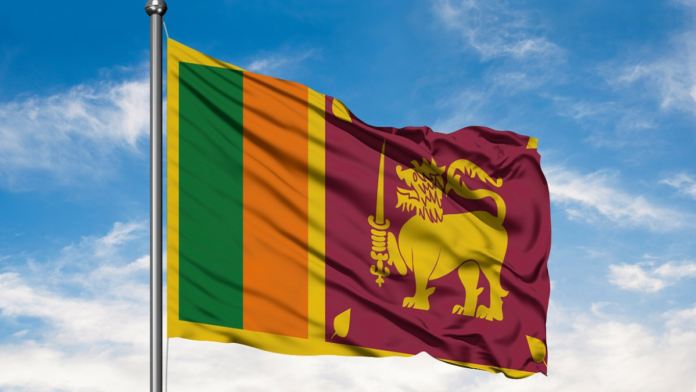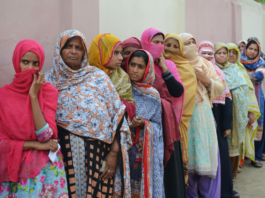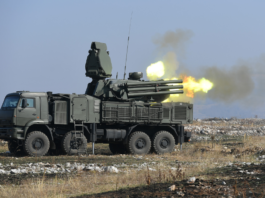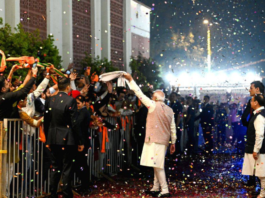
On the road to recovery, Sri Lanka that was hit by a major economic crisis two years ago, has announced its presidential election.
The election, which is to be contested by as many as of 39 candidates, is scheduled to be held in September, the election commission of the country announced.
The candidates include three minority Tamils and two Buddhist monks. However, not a single woman candidature was filed among the 39 presidential aspirants for the September 21 election.
The last presidential election in 2019 had 35 candidates while there were only six candidates in the first-ever presidential election held in October 1982.
Over 17 million eligible voters from 22 electoral districts throughout the island nation would vote to elect new president.
The list of prominent candidates include incumbent President Wickremesinghe, Namal Rajapaksa, the 38-year-old heir to the Rajapaksa dynasty, the main opposition leader Sajith Premadasa and the Marxist JVP leader Anura Kumara Dissanayake, according to reports.
Sri Lanka had declared sovereign default in mid-April of 2022, its first since gaining independence from Britain in 1948.
Almost civil-war-like conditions and months of public protests led to the fleeing of the then president Gotabaya Rajapaksa.
Meanwhile, Sri Lank’s growth prospects depend on progress with debt restructuring and the continued implementation of structural reforms.
The primarily revenue-based fiscal adjustment is, however, likely to further reduce disposable incomes, weaken demand, and weigh down growth in the short-term.
The modest recovery will be insufficient to reverse welfare losses experienced during the crisis, and poverty is estimated to remain above 22 percent until 2026.
Also Read: How does the political crisis in Bangladesh affect India?
Sources say its current account is projected to remain in surplus, with subdued import growth and gradual recovery in tourism and remittances.
Although the primary deficit is expected to decline further, the overall fiscal balance will remain high in 2024 due to the large interest bill. Debt restructuring and continued fiscal consolidation are projected to reduce the overall fiscal balance in the medium term, they added.



